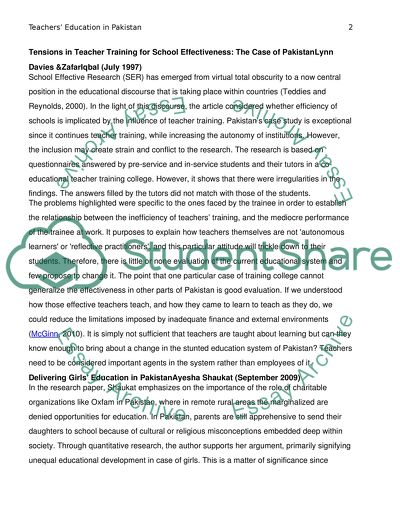Cite this document
(“Teachers Education in Pakistan Essay Example | Topics and Well Written Essays - 3000 words”, n.d.)
Retrieved from https://studentshare.org/education/1398136-teachers-education-in-pakistan
Retrieved from https://studentshare.org/education/1398136-teachers-education-in-pakistan
(Teachers Education in Pakistan Essay Example | Topics and Well Written Essays - 3000 Words)
https://studentshare.org/education/1398136-teachers-education-in-pakistan.
https://studentshare.org/education/1398136-teachers-education-in-pakistan.
“Teachers Education in Pakistan Essay Example | Topics and Well Written Essays - 3000 Words”, n.d. https://studentshare.org/education/1398136-teachers-education-in-pakistan.


